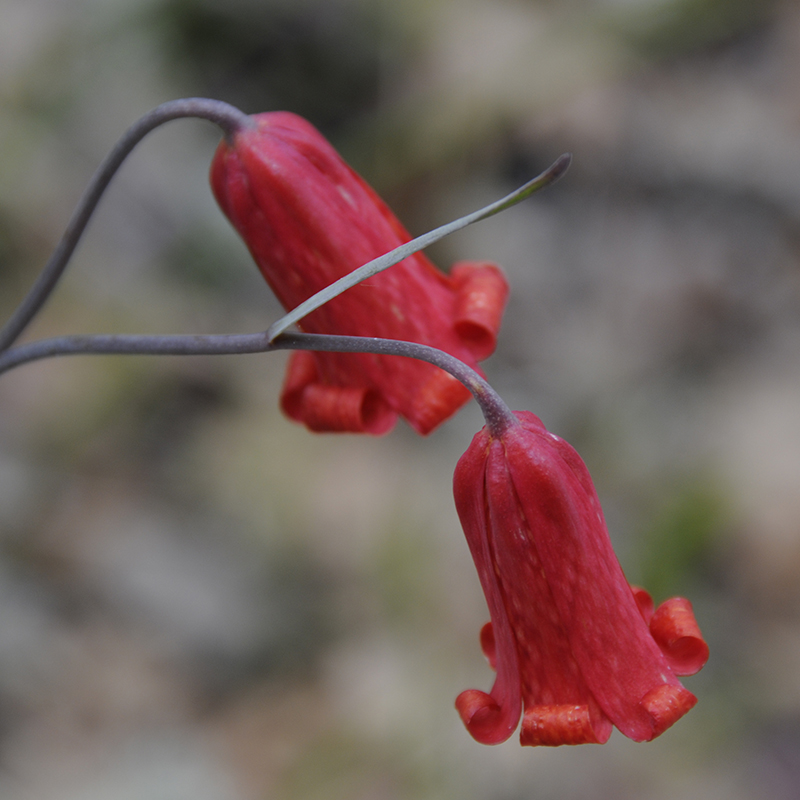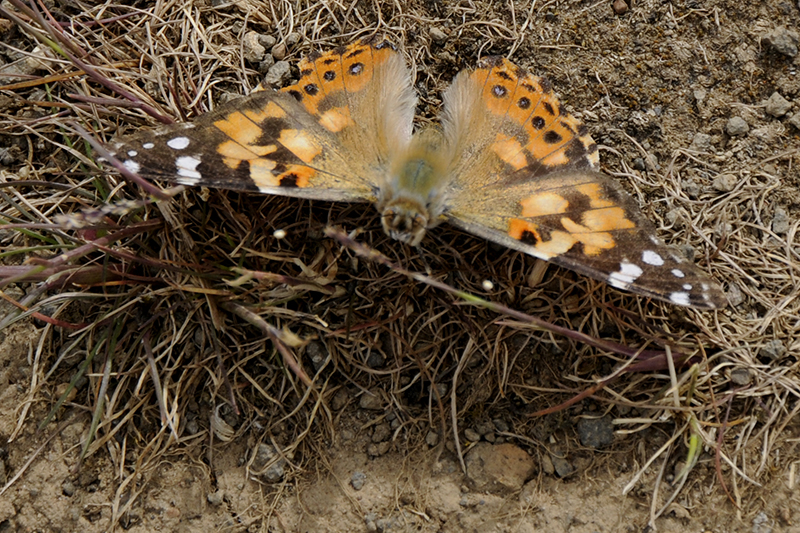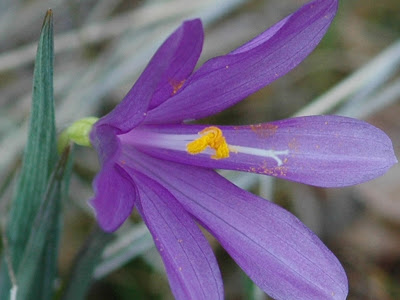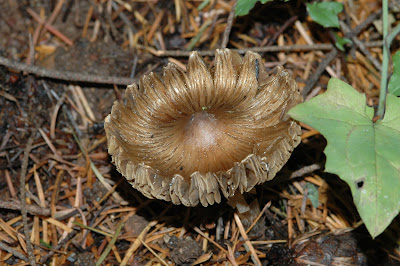Early spring (March) Marvin and I applied for a three day class on “Wildflowers of the Great Basin” offered by the Malheur Field Station (MFS) and taught by professor emeritus Karl Holte.
No acknowledgment was received from MFS but our check cleared the bank so we assumed we were in the class. Eventually Karl called and told us what to expect and what to bring so we were ready. We would be on our own for meals as a lack of staffing at the Field Station no longer allowed for providing meals.
We arrived a day early and Lyla (field office) checked us in. Duncan (field office) suggested we stay at Pelican dormitory (newly air conditioned) instead of a trailer which we appreciated. He gave us the grand tour and we settled in for the night.
July 3, help 2008: Class didn’t start until evening so we had the day free for exploring. We drove to the Steens Mountain but found the north entrance gate closed and locked… we headed for Diamond Craters and visited the Round Barn built by Peter French. That evening we met with instructor Karl Holte, his aide Dick Anderson and the rest of the class (six of us).
After class we discovered how dark night could be in the desert, no moon, far from city lights, and wished we had included a flashlight with our camera gear.
That night we discovered we had company at Pelican but met Ellen and Jef (with one “f”) the next morning. They were passing through on vacation. Ellen was celebrating a birthday milestone and husband Jef was treating her to some unusual Oregon places. They thought they might be sharing the kitchen with some college kids based on the botany books laying about, beer in the fridge along with a box of ding-dongs (actually holding something else more wholesome and nutritious).
July 4, 2008: Our first day in the field: The van provided for the class wasn’t large enough for all of us so we drove our own rig. My Dodge 4WD pickup was suitable for the worst of roads but was limited for passengers. Karl provided us with a walky-talky so we didn’t miss out on any of his comments enroute. We checked out the desert flora at Saddle Butte on the way to Frenchglen, then headed for the Steens.
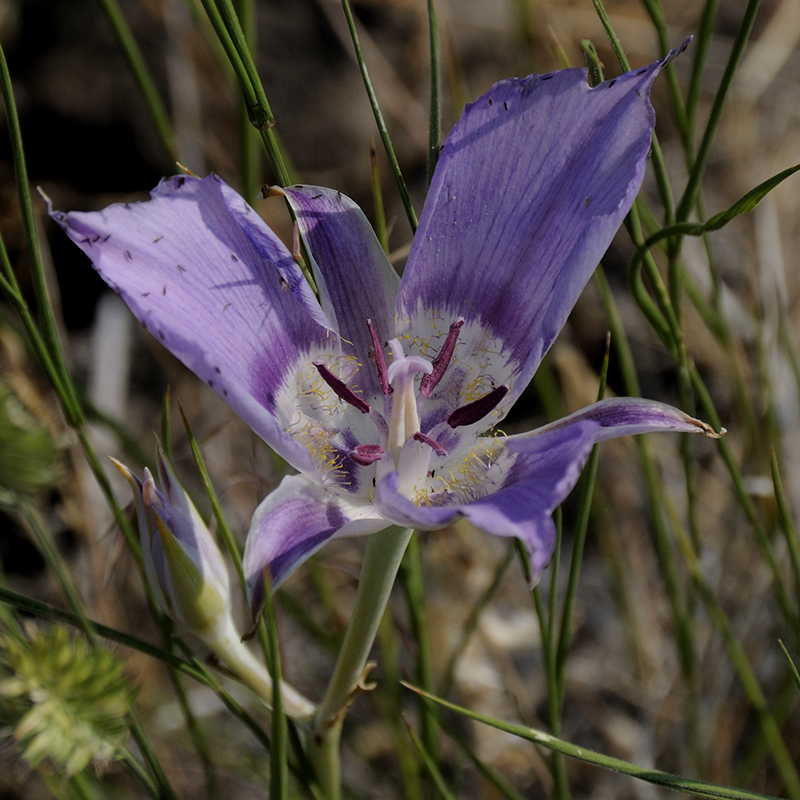
The north gate opened that morning at 08:00 although spring had not yet made it to the top of the hill. There were plenty of wildflowers to see and the mountain scenery was magnificent.
On return we stopped at the Frenchglen Hotel for a cup of coffee (and a huge, sinful, chocolate chip cookie)… just in time to hear the dinner group sing happy birthday to Ellen.
Karl hosted the evening class at his trailer… providing refreshments… the rest of us brought what munchies we had for a pot luck. The conversation was far ranging and boisterous, no doubt fueled by the refreshments.
July 5, 2008: Karl wanted us to see Roaring Springs Ranch… an oasis in the desert where a hillside of springs provides for some unusual flora and fauna.
We then headed for Hart Mountain Antelope Refuge with numerous stops along the way to examine typical desert vegetation. Resident staff opened the store for us so we could buy the obligatory T-shirt and coffee cup.
Back at MFS that night we spent time with the microscopes and working with keys to identify the plants we had collected for that purpose.
July 6, 2008: This morning we found our truck and a flat tire… running the gravel roads had taken its toll. The group was a bit smaller this morning so we squeezed into the van for a half day tour of the marsh around the Field Station. Karl had an air pump so we pumped the tire and hoped for the best.
July 7, 2008: We were packed and ready to go but alas, the tire was nearly flat again. We pumped it up one more time and then headed for Les Schwab’s Tire Store at Burns about thirty miles distant… the tire held air sufficiently and we bought two new tires to replace our two worst tires… and, we headed for home after taking a side trip through the mountains between Burns and Prineville.
Synopsis: We had a great time… Professor Emeritus Karl Holte is a national treasure… Dick was an able assistant. The group was compatible and each member added essential elements to the experience. The class is highly recommended. We’ll be back.
byLarry


